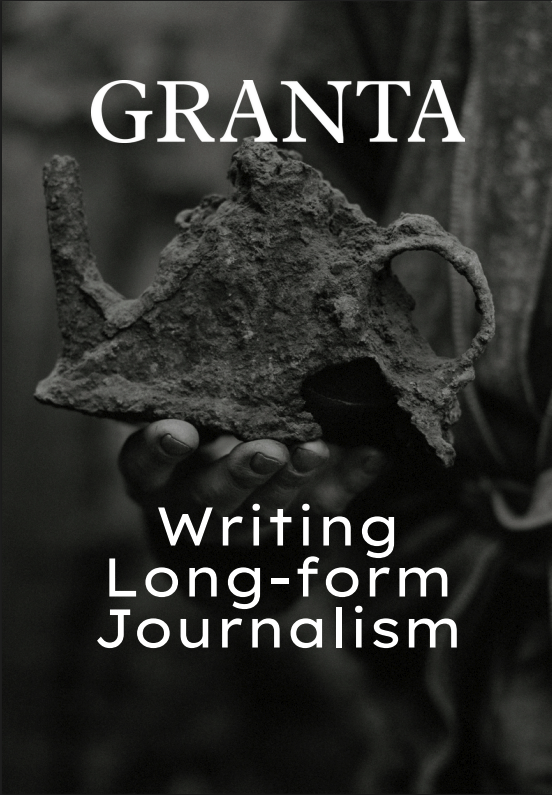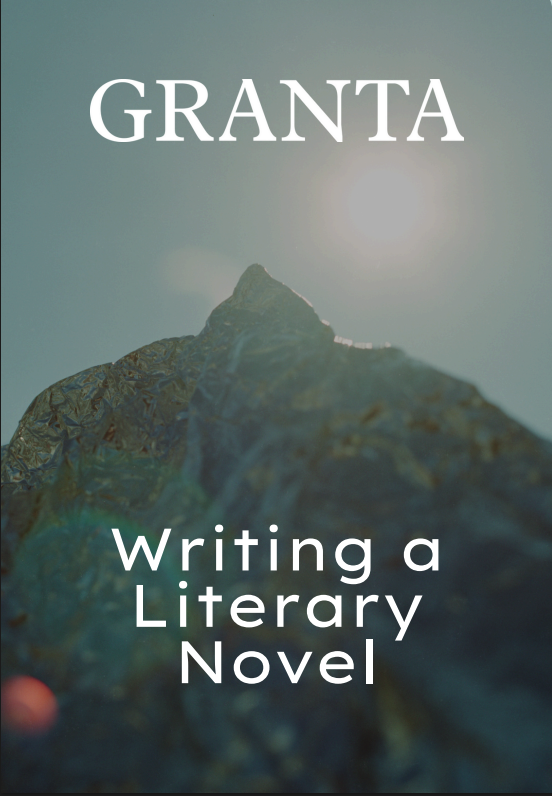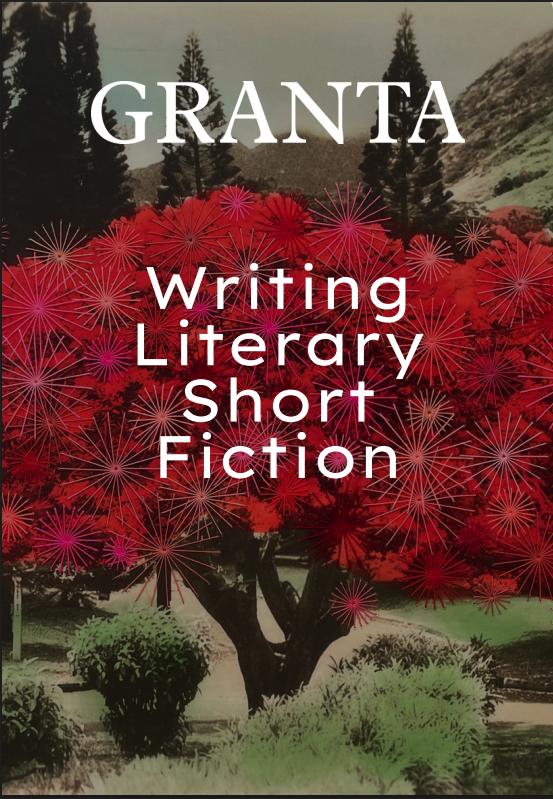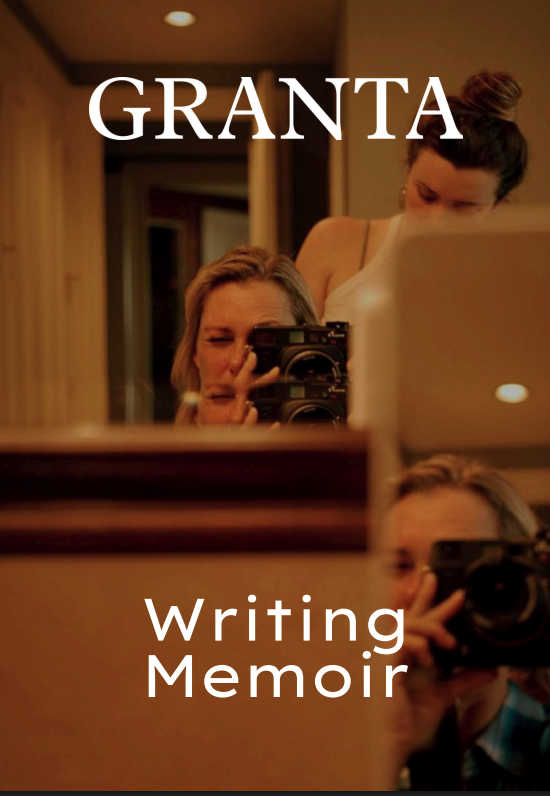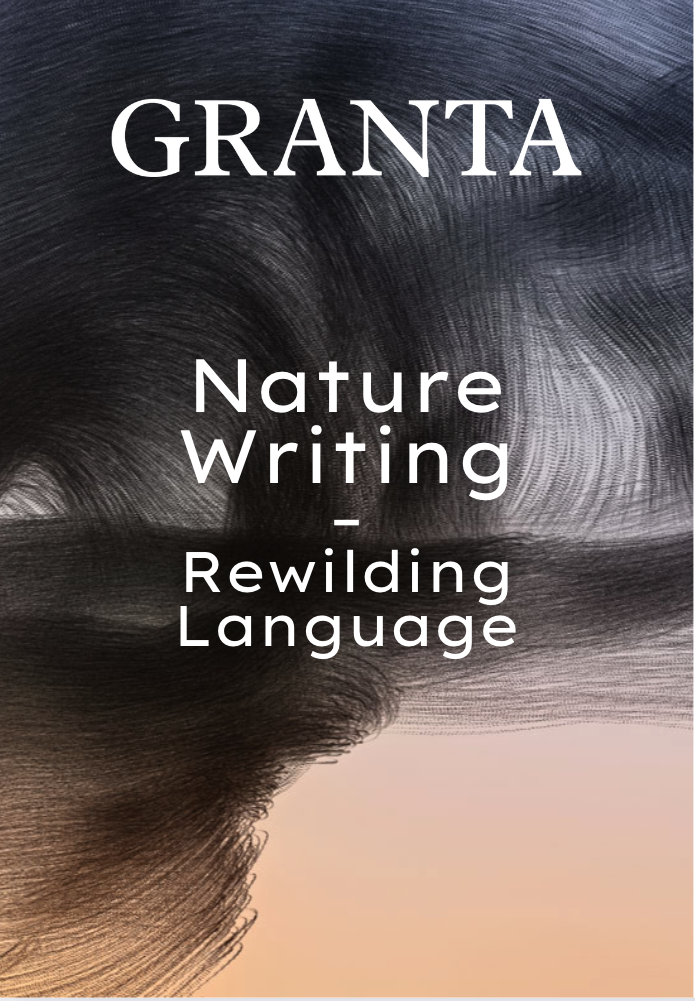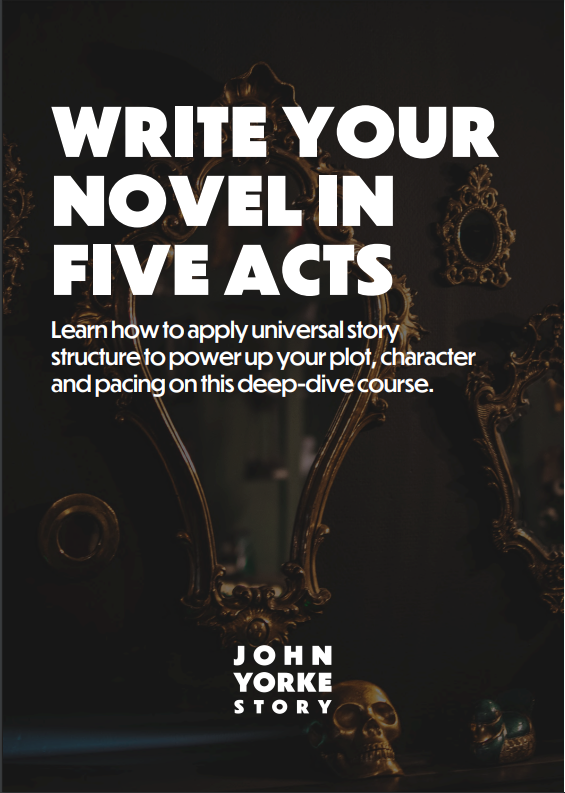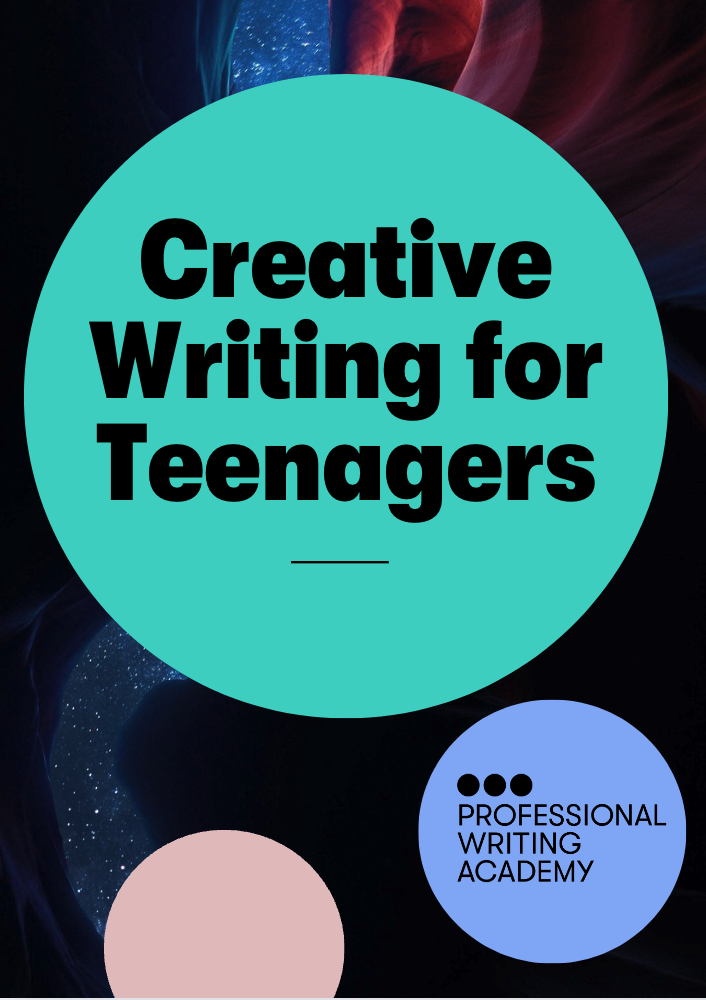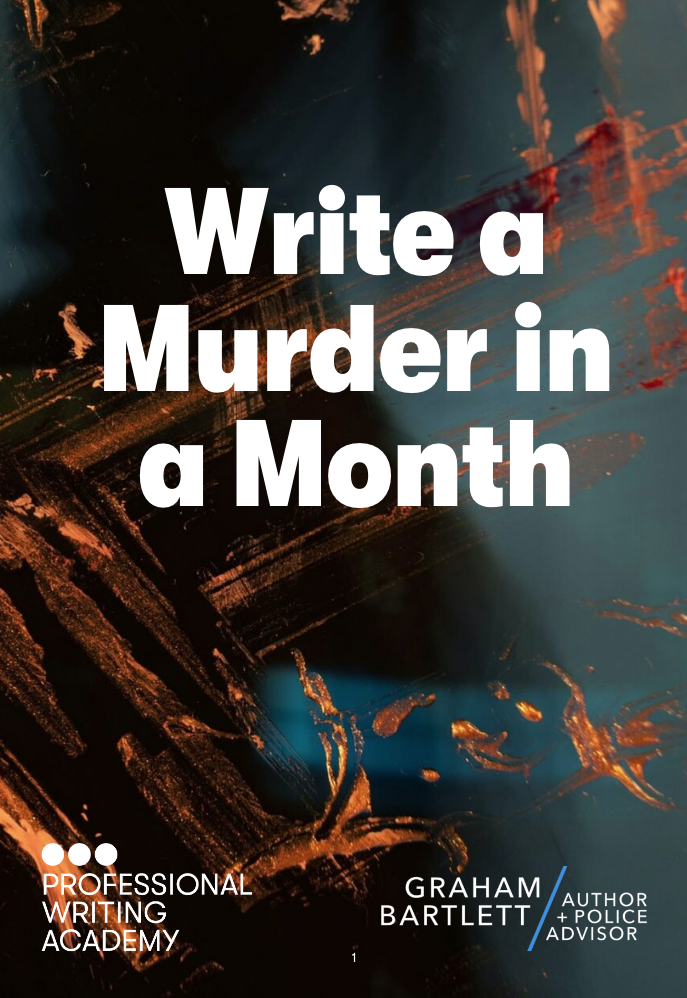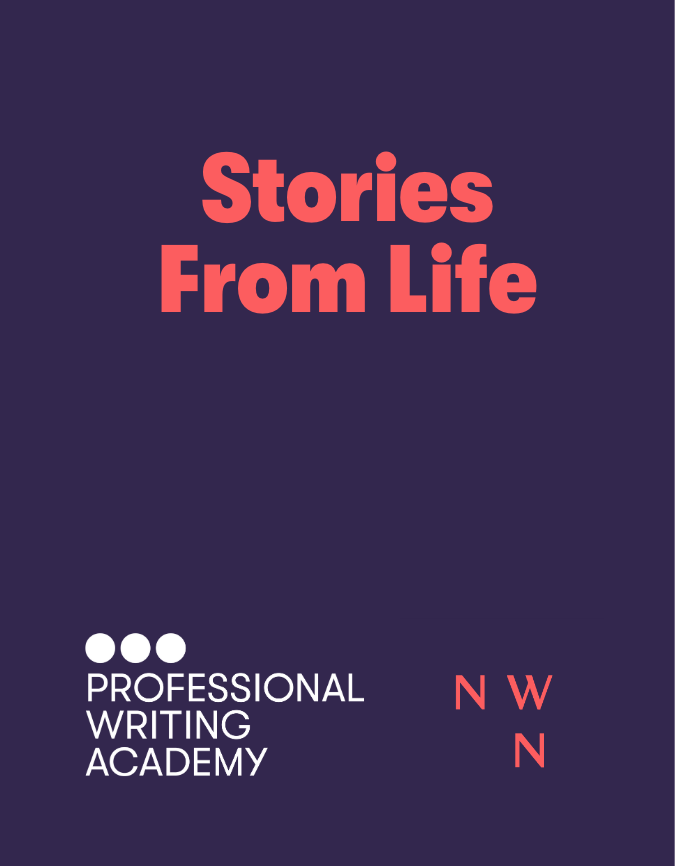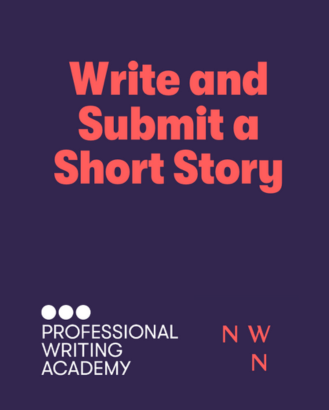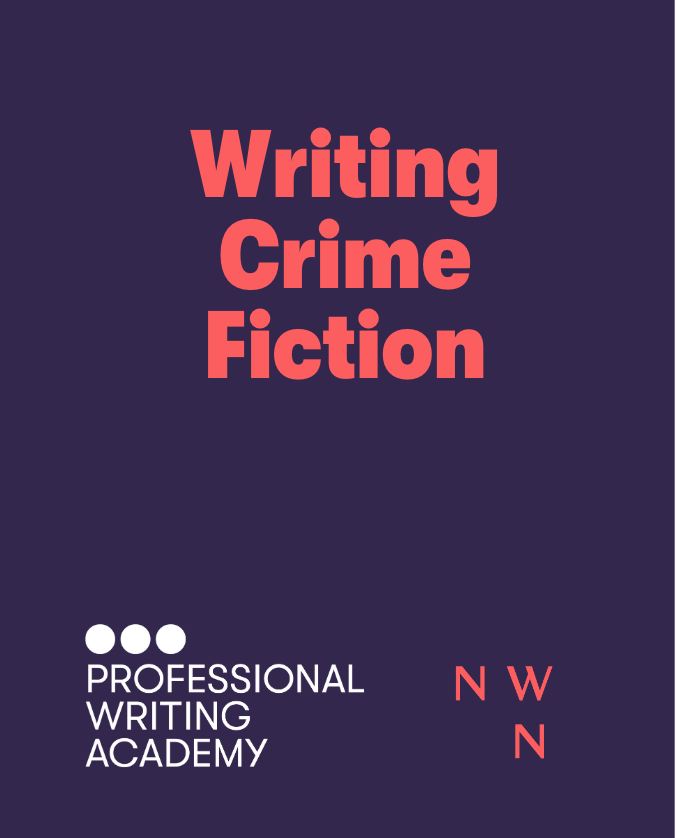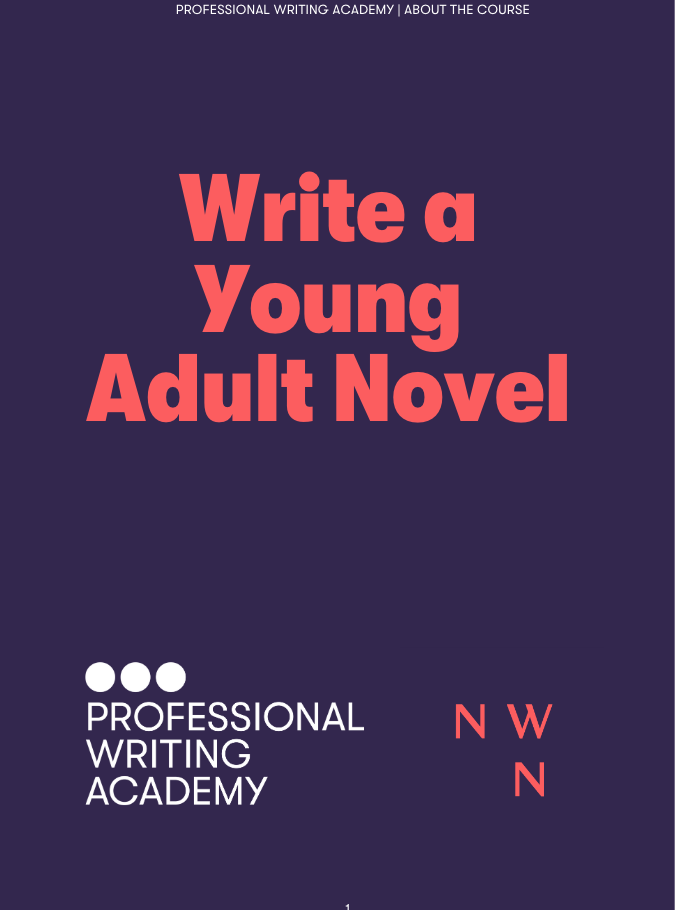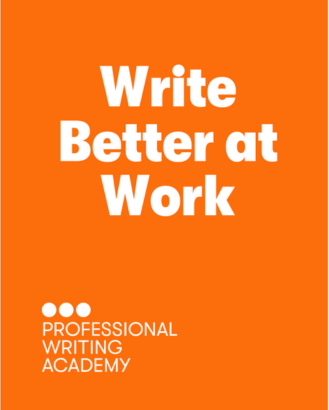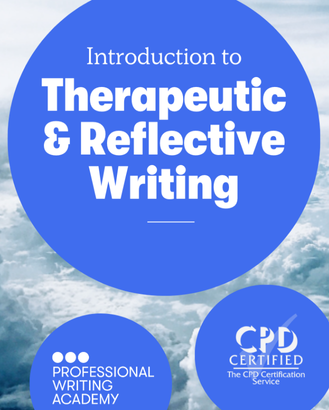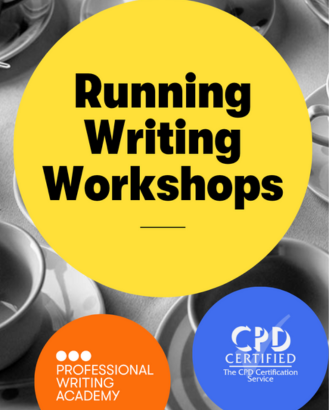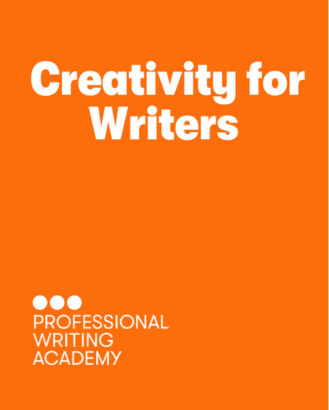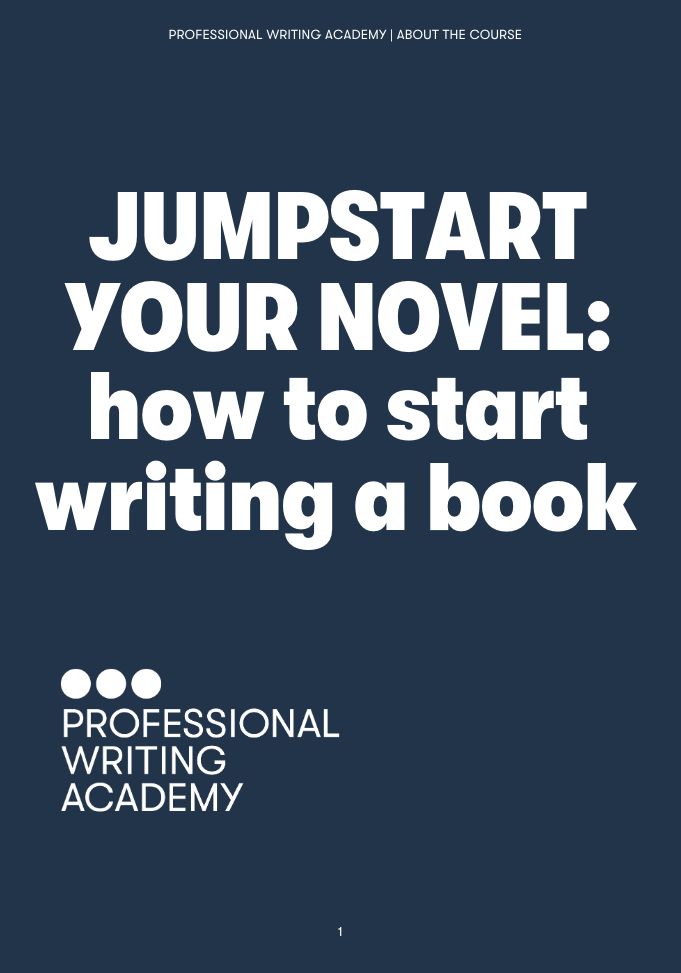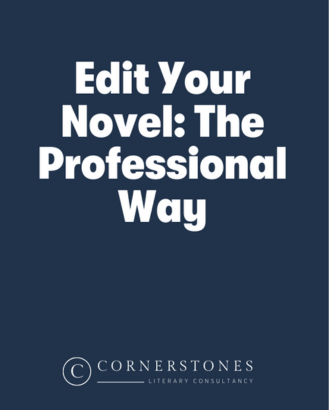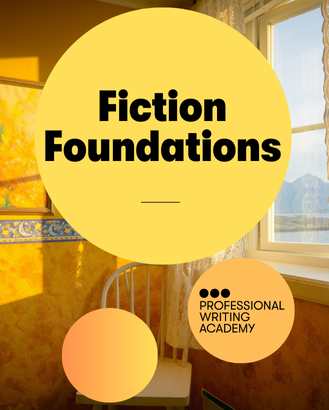Session 1: Plan and Plot – Learn about diagnostic structuring techniques and how to apply them to your own work. Find and fix plot problems and produce a solid structural overview (synopsis).
Session 2: Cracking Characters – Find out how to assess character strengths and weaknesses, and flesh out less defined characters. Analyse characters in terms of their role and function in the plot, looking at character arcs and their impact on structure. You’ll make a detailed analysis of your protagonist, including their inner and external conflicts mapped side by side with your plot structure.
Session 3: What is the Point of View? – You’ll explore different POVs and their effect on tension and readability. Learn the dos and don’ts of POV and how to make yours as effective and intimate as possible. Then edit your work to avoid head-hopping and bring us even closer to your protagonist.
Session 4: Effective Dialogue and Description – Understand the purpose of dialogue and how to juggle context, text and subtext. Explore ways to use description to kick-start the reader’s imagination, and blend dialogue and description effectively within the parameters of POV. You’ll learn to red pen and rewrite scenes effectively.
Session 5: Show-stopping Scenes – Learn how to prioritise material so that each scene has a clear purpose and direction, using questions and answers to increase tension and make scenes shine. You’ll check that each scene in your first 10,000 words is really needed and rewrite one full scene implementing the techniques you’ve learned.
Session 6: Page-turning Pacing – Develop advanced approaches to balancing material — dealing with overwriting or superfluous elements, and knowing when to extend/slow down and when to cut back/speed up. Discover how to apply the idea of pacing to your overall structure.
Session 7: Let Show not Tell Lead the Way – Find out how to spot telling in your writing, and why, how and where to dramatise instead. See how to use ‘show not tell’ as a lens to examine every aspect of your writing and learn how to inhabit the ‘show not tell’ mindset when editing.
Session 8: How to Catch an Agent’s Eye – Create an industry-level package to submit to agents; learn how to research and pitch, with tips on how to land on your chosen agent’s desk. Write a catchy book description and covering letter, using an editing checklist of dos and don’ts. Finalise the synopsis you produced in Session 1.
At the end of the course you’ll receive detailed tutor feedback on your first 10,000 words, synopsis and covering letter. You’ll have the skills you need and the tutor feedback to complete your novel edit to professional standards, and the know-how to prepare an industry standard agent.












